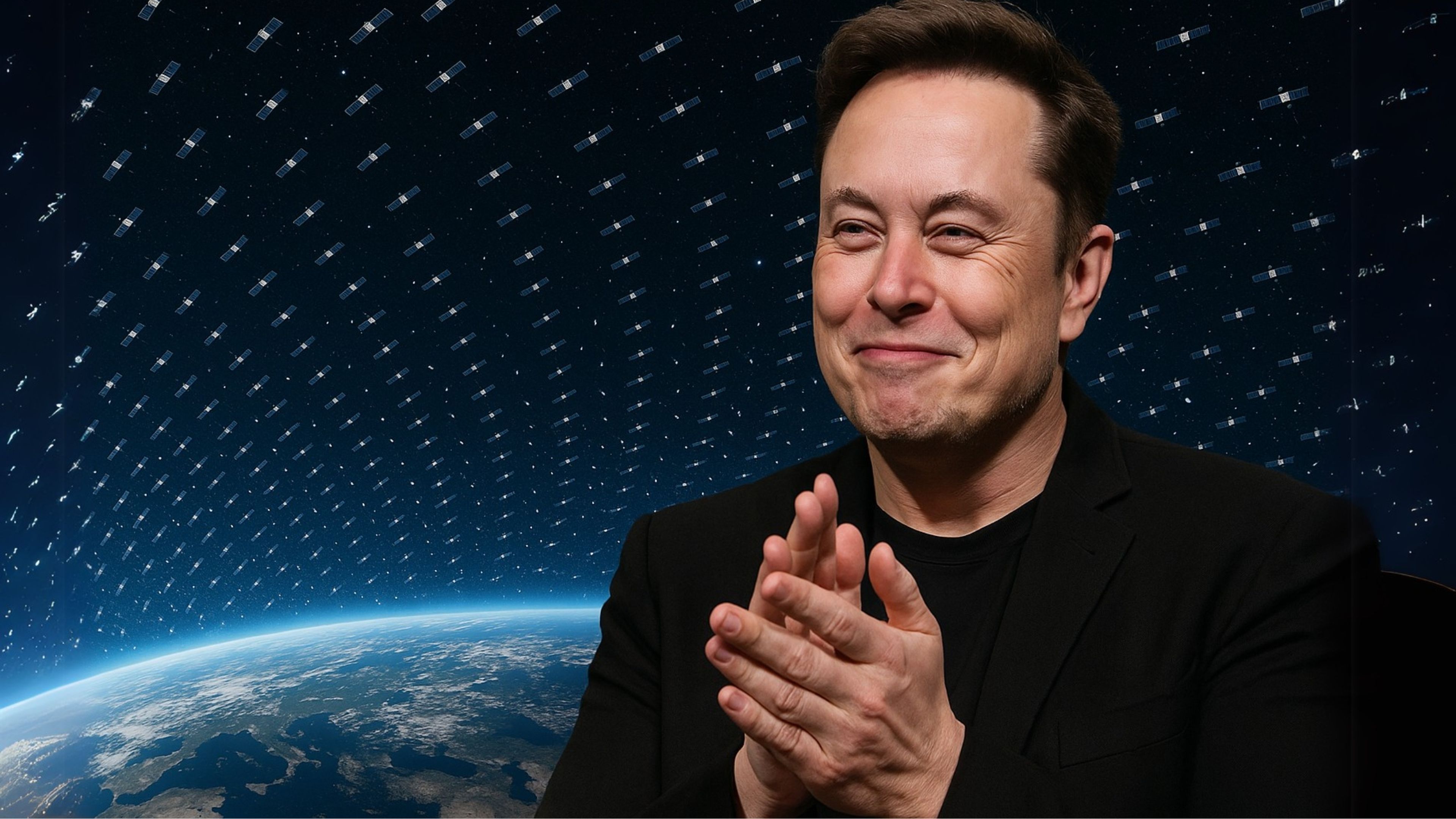Elon Musk, known for his ambitious ventures in space exploration with SpaceX and electric vehicles with Tesla, has once again pushed the boundaries of innovation. The UFO Fighter is not just a military aircraft; it symbolizes Musk's vision for a future where advanced technology can transform our capabilities in the skies. According to reports, the jet is designed to reach incredible speeds, perform maneuvers previously thought impossible, and operate silently, making it a game-changer in aerial combat scenarios.

One of the most astonishing claims about the UFO Fighter is its ability to achieve near-instantaneous travel. This feature could allow the jet to cover vast distances in a fraction of the time it currently takes conventional aircraft. Such capability raises eyebrows, as it challenges our understanding of speed and distance in aviation.
The concept of anti-gravity propulsion is another groundbreaking aspect of the UFO Fighter. This technology can enable the aircraft to hover, change direction rapidly, and perform aerial maneuvers that are currently impossible with traditional jets. If successfully developed, anti-gravity propulsion could revolutionize not just military aviation but also commercial air travel.

Perhaps the most intriguing feature of the UFO Fighter is its rumored shape-shifting technology. This capability would allow the aircraft to alter its form to optimize aerodynamics or camouflage, making it a formidable opponent in any aerial engagement. Experts are both fascinated and skeptical about the speculations of such technology, questioning whether it can be realized or if it remains a visionary concept.
While Musk's announcement has sparked excitement, it has also generated skepticism among experts. Some argue that the technologies discussed are too advanced to be realized with current scientific understanding. Others, however, believe that Musk's track record of innovation suggests that he may be onto something groundbreaking. The debate as industry leaders and scientists analyze the implications of such advancements in aerospace technology.
Regardless of the skepticism, the unveiling of the UFO Fighter has ignited global intrigue about the future of aerospace technology. If successful, this aircraft could pave the way for new forms of travel and military capabilities, potentially changing the landscape of warfare and exploration. The possibility of extraterrestrial-inspired design raises questions about the influence of advanced civilizations on human technology and our understanding of the universe

